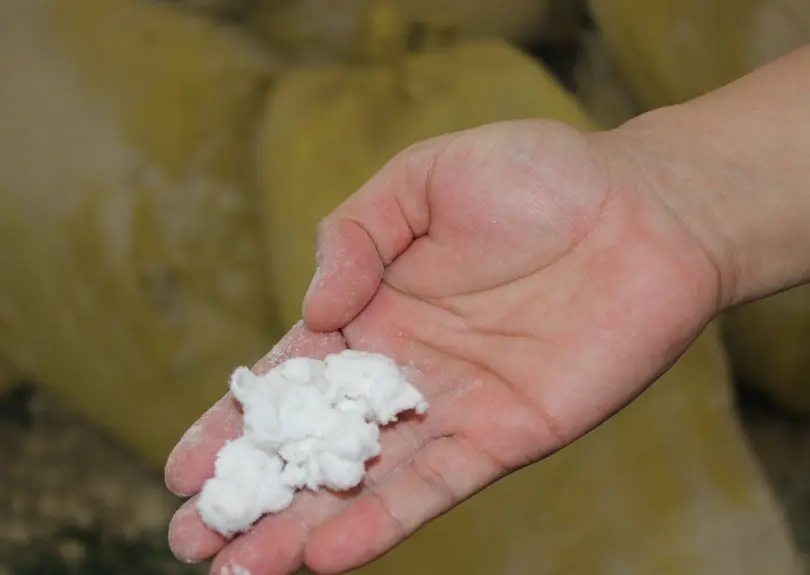
okt . 31, 2024 08:27 Back to list
hpmc for skim coat
Exploring HPMC for Skim Coat Applications
Hydroxypropyl Methylcellulose (HPMC) is a versatile cellulose ether widely used in construction materials, particularly in skim coat formulations. One of the primary roles of HPMC in skim coats is to enhance workability, consistency, and performance of the product, ensuring that it meets both professional and consumer expectations.
Skim coat is a thin layer of material applied to surfaces, usually to achieve a smooth and even finish. It is often used to repair walls, ceilings, and floors, making them ready for further treatment, such as painting or tiling. The quality of a skim coat largely depends on its formulation, where HPMC plays a crucial role.
Exploring HPMC for Skim Coat Applications
Moreover, HPMC enhances the workability of skim coats. When mixed into the formulation, HPMC improves the flow characteristics of the mixture, making it easier for applicators to spread the material evenly across surfaces. This is especially important in large-scale applications where efficiency and consistency are key. A smooth application reduces the chance of imperfections, resulting in a high-quality finish that satisfies end-users.
hpmc for skim coat

In addition to its workability and water retention capabilities, HPMC contributes to the adhesion properties of skim coats. Enhanced adhesion means that the skim coat will bond effectively to the substrate, which is crucial for the longevity and durability of the finish. This is particularly beneficial when working on surfaces such as cement, plaster, or drywall, where strong adhesion is necessary to avoid delamination or peeling.
Another noteworthy aspect of HPMC in skim coat formulations is its versatility. HPMC can be tailored to meet specific needs by adjusting its viscosity or molecular weight. This flexibility allows manufacturers to create different types of skim coats suitable for various applications, from interior wall surfaces to exterior projects exposed to harsher environmental conditions.
Furthermore, HPMC is non-toxic and environmentally friendly, making it a favorable choice for those looking to create safer construction materials. Its use in skim coat formulations aligns with modern trends toward sustainability, as construction professionals and consumers alike seek products that are both high-performing and eco-friendly.
Finally, the incorporation of HPMC in skim coat applications also helps to reduce dust during application. Traditional cementitious materials can create significant dust clouds, which can be detrimental to both health and work environments. HPMC mitigates this issue by binding dust particles, thus promoting a cleaner and safer workspace.
In conclusion, Hydroxypropyl Methylcellulose is a key ingredient in the formulation of skim coats, providing numerous benefits such as improved workability, water retention, adhesion, and dust control. Its versatility and non-toxic nature make it an ideal choice for the construction industry, where high-quality finishes and sustainable practices are increasingly important. As the demand for effective and eco-friendly construction materials continues to grow, HPMC will undoubtedly remain an essential component in skim coat applications.
-
Versatile Hpmc Uses in Different Industries
NewsJun.19,2025
-
Redispersible Powder's Role in Enhancing Durability of Construction Products
NewsJun.19,2025
-
Hydroxyethyl Cellulose Applications Driving Green Industrial Processes
NewsJun.19,2025
-
Exploring Different Redispersible Polymer Powder
NewsJun.19,2025
-
Choosing the Right Mortar Bonding Agent
NewsJun.19,2025
-
Applications and Significance of China Hpmc in Modern Industries
NewsJun.19,2025







